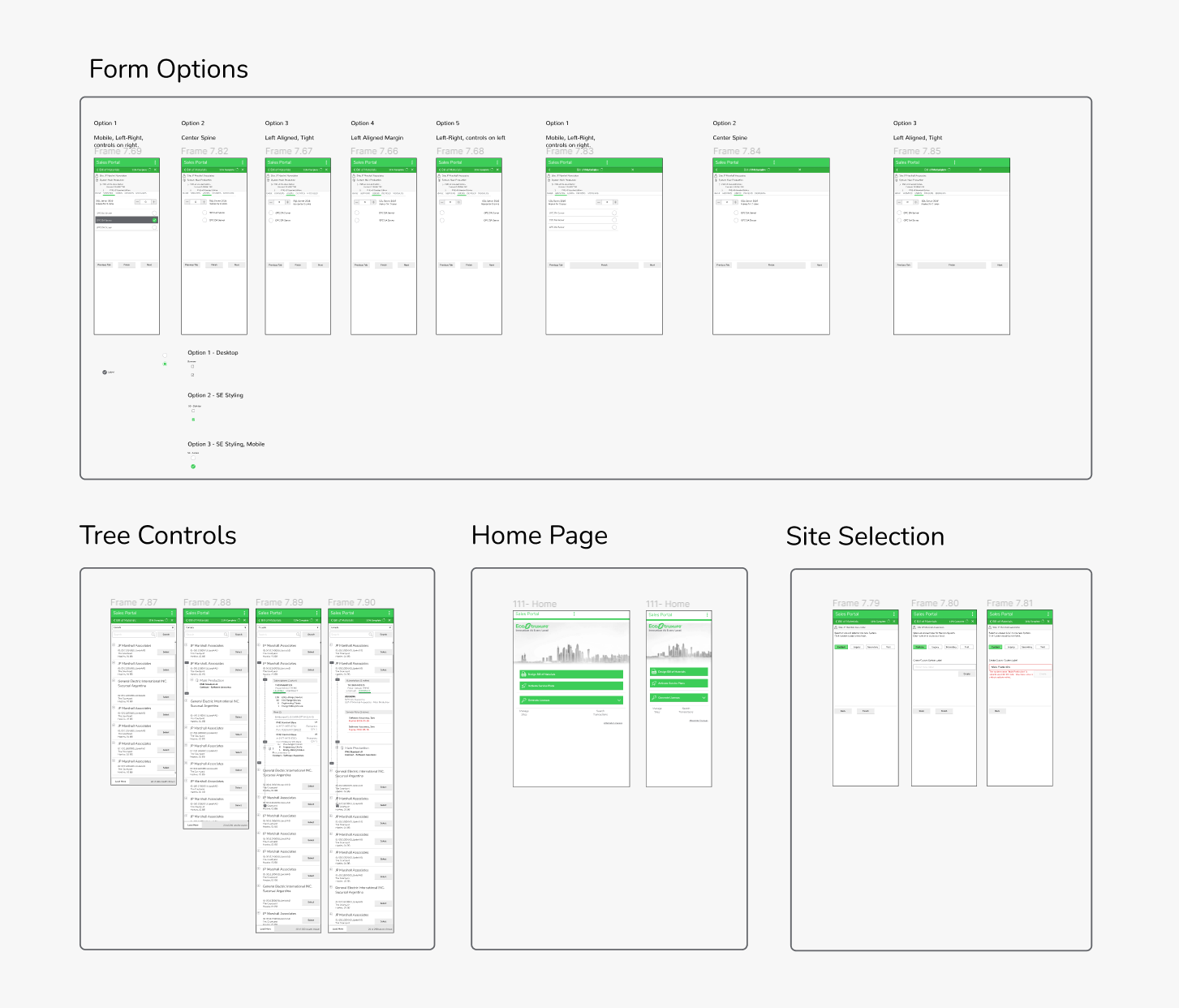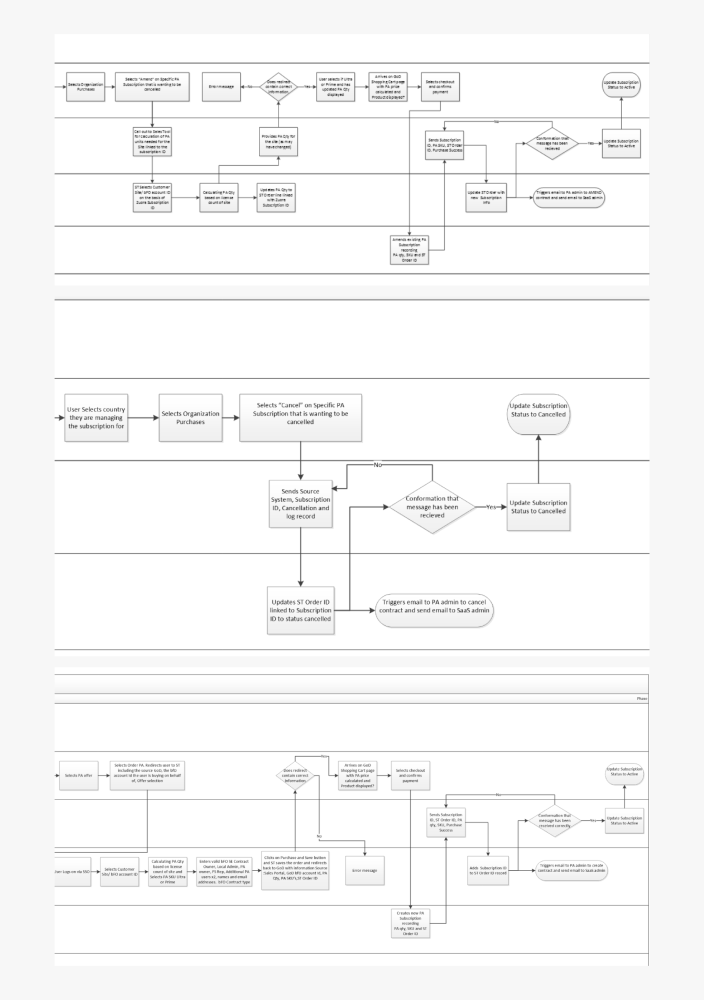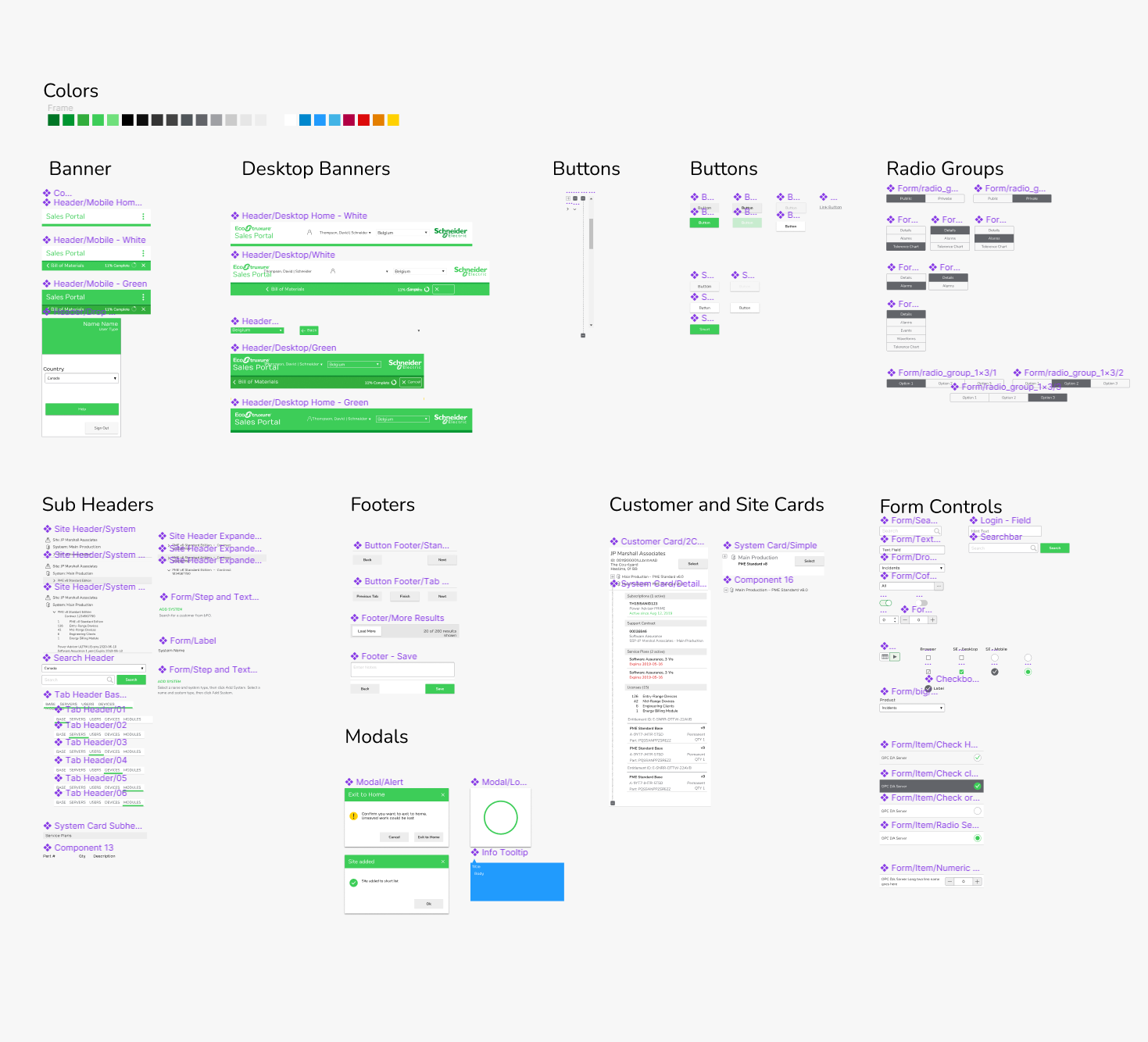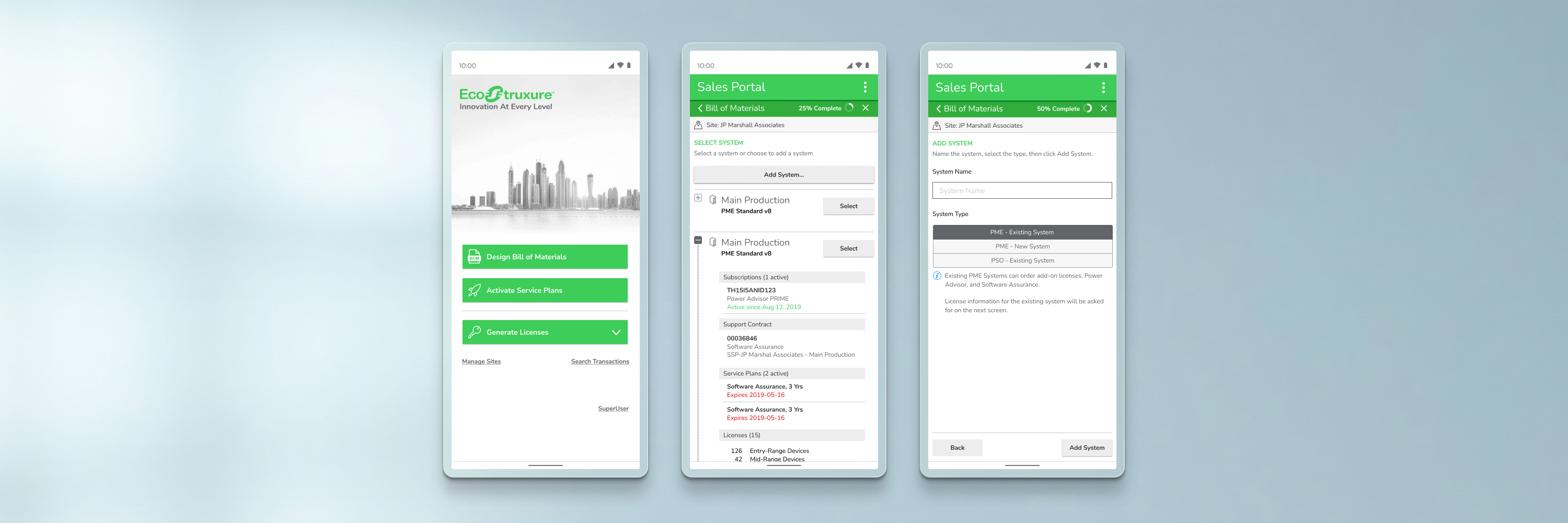Initial Research
My first step involved conducting comprehensive user research and in-depth interviews with stakeholders, including sales teams, field engineers, and IT administrators. This phase illuminated critical pain points, including the lack of centralized licensing information and the difficulty of performing offline licensing in the field. These insights became the foundation of our design strategy.

Developing Concepts
I developed a range of design concepts, each presenting a unique approach to solving the identified challenges. These concepts were presented to stakeholders, fostering a collaborative environment to ensure alignment between business objectives, user needs, and engineering feasibility. We ultimately adopted a mobile-first design approach, ensuring an efficient user journey and a robust information architecture that prioritized user needs.

Designing the Workflow
A detailed customer journey map was crafted, highlighting crucial interaction points and desired outcomes at each stage. These workflows were reviewed through collaborative sessions with business, engineering, and user groups to ensure they were realistic, practical, and effectively addressed the core issues

Design System
Adhering to Schneider Electric's brand guidelines, I adapted them to the unique context of this mobile application. Utilizing Figma, we constructed a comprehensive library of master components, complete with interactive states, to facilitate the creation of high-fidelity prototypes. This design system provided a consistent and scalable foundation for the project's visual and interactive design language.

Interaction Design
The interaction design evolved from hand-drawn sketches to detailed, interactive prototypes in Figma. Through iterative refinement and reviews with key stakeholders, we fine-tuned these prototypes, ensuring they met project goals and delivered an intuitive user experience that minimized complexity.

Product Development and Testing
Working in close collaboration with the development team, we transformed the design into a fully functional product. Following development, we conducted a rigorous review and pilot phase, incorporating real-world user testing. The results were overwhelmingly positive: a dramatic reduction in licensing issues, improved user satisfaction across all roles, and the creation of a flexible platform to accommodate future licensing system enhancements.
